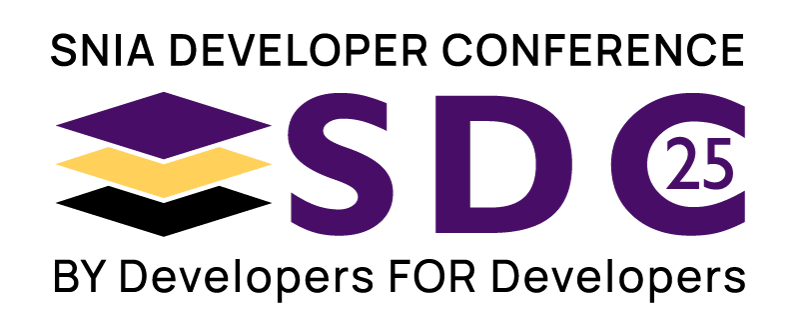
The DNA Data Storage Rosetta Stone Initiative

Fremont A/B
Mon Sep 12 | 9:30am
Abstract
DNA data storage will dramatically effect the way organizations think about data retention, data protection, and archival by providing capacity density and longevity several orders of magnitude beyond anything available today, while reducing requirements for both power, cooling, and fixity checks. One of challenges of any long term archival storage is being able to recover the data after possibly decades or longer. To do this, the reader must be able to bootstrap the archive, akin to how an OS is loaded after the master boot record is loaded. This talk will describe our initial work to define a standard schema for a self-describing DNA data archive sector zero, which will be as generic as possible, exploiting the format immutability of the natural DNA molecule to assure the archive can be bootstrapped by sequencers decades in the future, all while enabling archive writers to continue innovation in how the balance of the archive is synthesized. We call this the “DNA Rosetta Stone” project.
Learning Objectives
- Understand the high level potential use cases for DNA as a data storage medium
- Understand the challenges associated with consuming a DNA data storage archive
- Understand how the DNA data storage Rosetta Stone may enable future consumers to leverage DNA as a media



